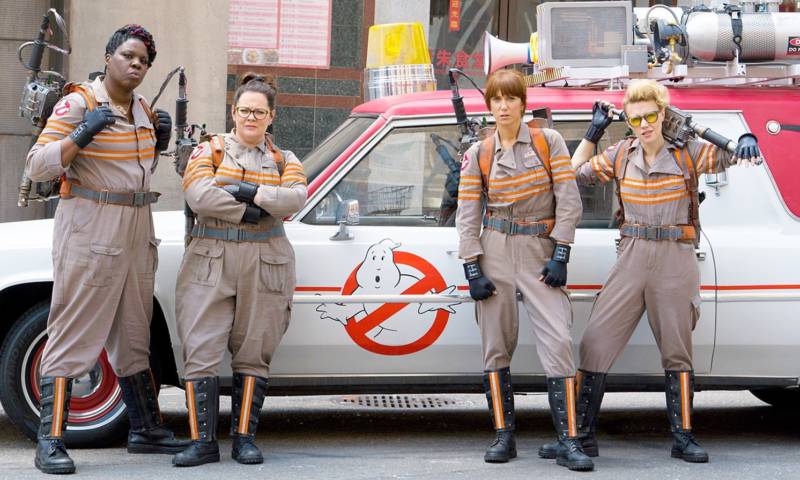I’ve experienced this before. Way back in 2013 I watched The Canyons at that ill-fated film’s opening night at San Francisco’s Roxie. Don’t remember this one? All you need to know is that it was the subject of a New York Times Magazine piece titled “Here Is What Happens When You Cast Lindsay Lohan in Your Movie.” (Spoiler alert: not great things.)
After an impassioned introduction about the specialness of the evening, the specialness of the audience and the specialness of the Roxie itself, the assembled crowd of thirty or so people felt pretty good about themselves and the movie they were about to see. (Live! Not on a computer screen! Because we really love the moviegoing experience! Because we’re not philistines! Three cheers for us!)
The Roxie crowd was rowdy, itching for a new cult classic to spring off the screen. They seemed to think they could turn The Canyons into The Rocky Horror Picture Show by sheer force of will. By heckling the projection, yelling at the characters, repeating lines in funny voices -- maybe, just maybe -- the audience could create a faux patina and quickly induct The Canyons into campy cinema history. Unfortunately for all of us present that night, it doesn’t work that way.
Fast-forward to 2016 and the audience for Ghostbusters, much more positive in their reactions, responded to the film in a similarly desperate way. When every star of the original two films (save for Harold Ramis, who died in 2014, and Rick Moranis, who stopped acting after 1997’s Honey, We Shrunk Ourselves) appeared on the screen, the entire theater burst into applause and cheers. The cacophony rendered all the zingers in those few-second cameos completely inaudible.
Scenes that we'd already seen because they appeared in the film’s trailer were met with equally raucous applause. When Jones’ character slapped a possessed McCarthy across the face, screaming “The power of pain compels you!” (itself an Exorcist reference) the theater erupted. When the first notes of Ray Parker, Jr.’s old theme song played, the theater erupted. When the post-movie credits showed still frames of the characters in action, the theater erupted again and again (though McKinnon was the clear winner in this applause-o-meter).
The same kind of thing happened at Star Wars: The Force Awakens last year. Cheers and applause for Leia, Han, Chewbacca and the rest of that fun-loving gang. There were wolf-whistles and fist pumping.
Why are films we’re watching for the very first time getting the midnight movie treatment? Partly, it’s because these offerings -- Ghostbusters and Star Wars in particular -- follow almost exactly the same narrative arc as their predecessors, simply shifting the familiar faces into cameo roles to make space for new stars. We are seeing Ghostbusters for the zillionth time; it just has a new cast.
But here’s another theory, just for fun: It’s because we, as an audience, don’t trust ourselves to identify new, high-quality objects of our moviegoing affection. It takes more mental energy. Which then creates a chicken-and-egg situation, because then studio executives don’t think we deserve anything better. So much of contemporary life is steeped in nostalgia -- drenched in a retro veneer of whatever Kodachrome tint Instagram is pushing that week -- that we’ve become obsessed with the comfortable and familiar. So obsessed that we cheer at movies, willing them to becoming something they’re not.
Don't get me wrong, I don't want the cheering to end; I’m all for the communal movie-going experience. There’s something wonderful about feeding off of each other's emotional response to images flickering across a screen. It wasn’t until I saw The Shining in a sold-out Castro Theatre that Kubrick’s masterpiece truly terrified me. But I want us to have wholehearted, enthusiastic reactions to new movies as well. You can’t rush a classic, just like I can never unhear the new Ghostbusters theme song. We’ll never escape this vortex of sequels, reboots and franchises -- so long as we keep accepting sameness as something exceptional.


